Last month, we joined 90+ pet food industry professionals at the UNL Food Processing Center for the High Pressure Processing (HPP) and Freeze-Drying of Raw Pet Foods and Treats workshop. The two-day workshop provided participants an opportunity to interact with industry experts and university researchers and learn more about HPP, freeze drying, water activity, product shelf-life, food safety regulations, market trends and best practices. Attendees experienced pilot plant demonstrations, as well as an opportunity to visit HPP and freeze drying co-manufacturing facilities near Lincoln, Nebraska. Here are some key take-aways and photos from this raw pet food workshop.
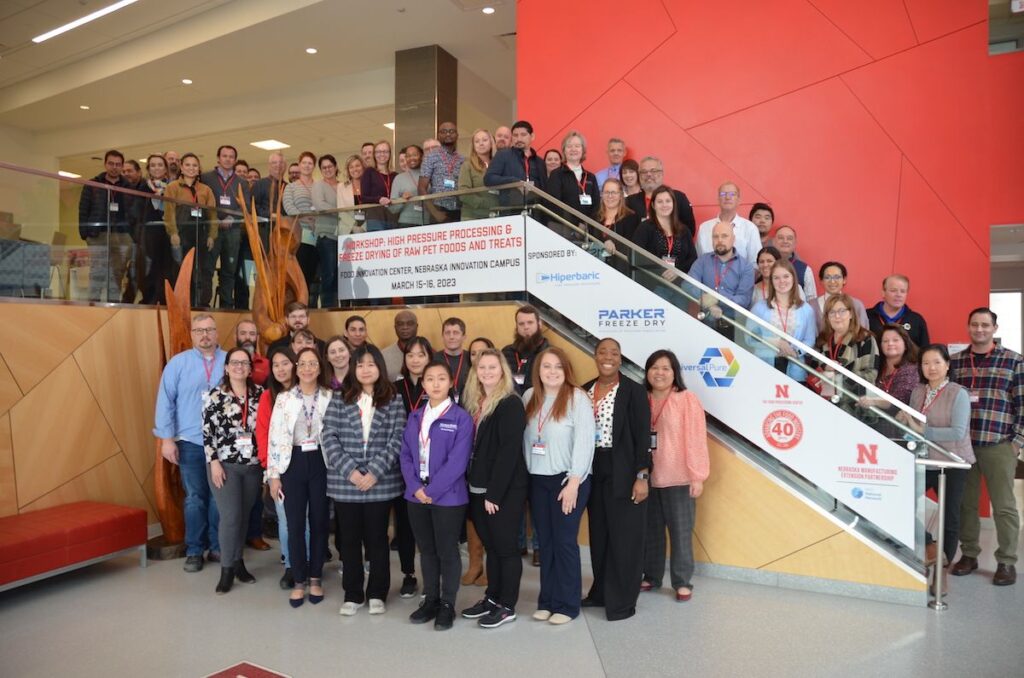
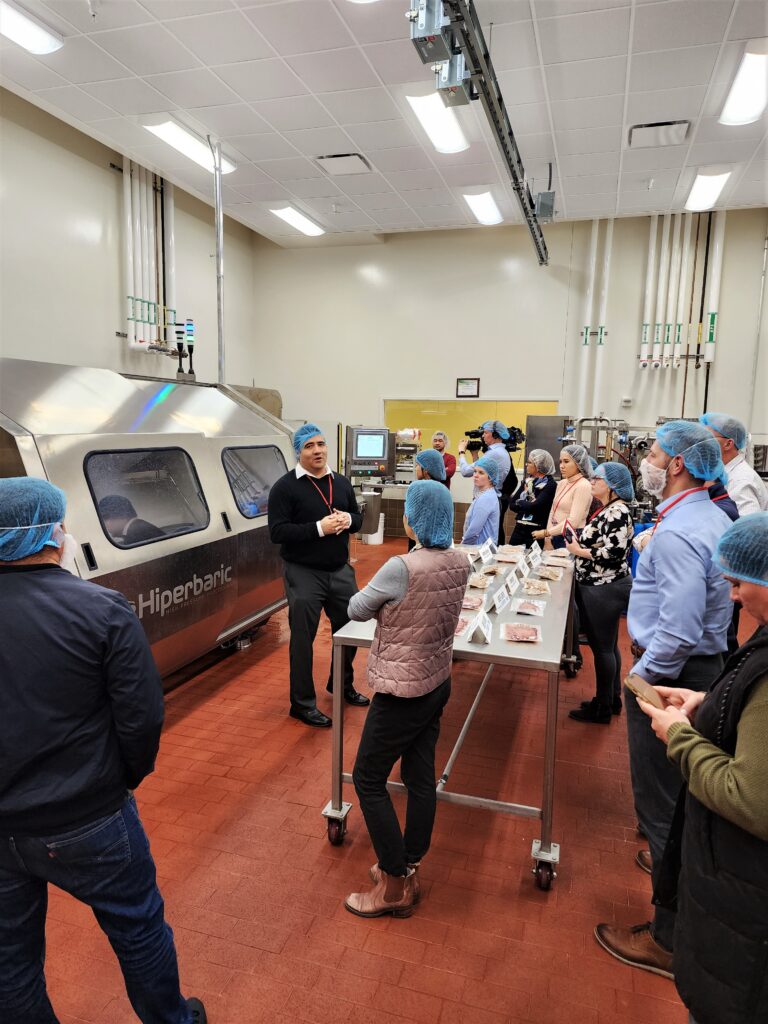
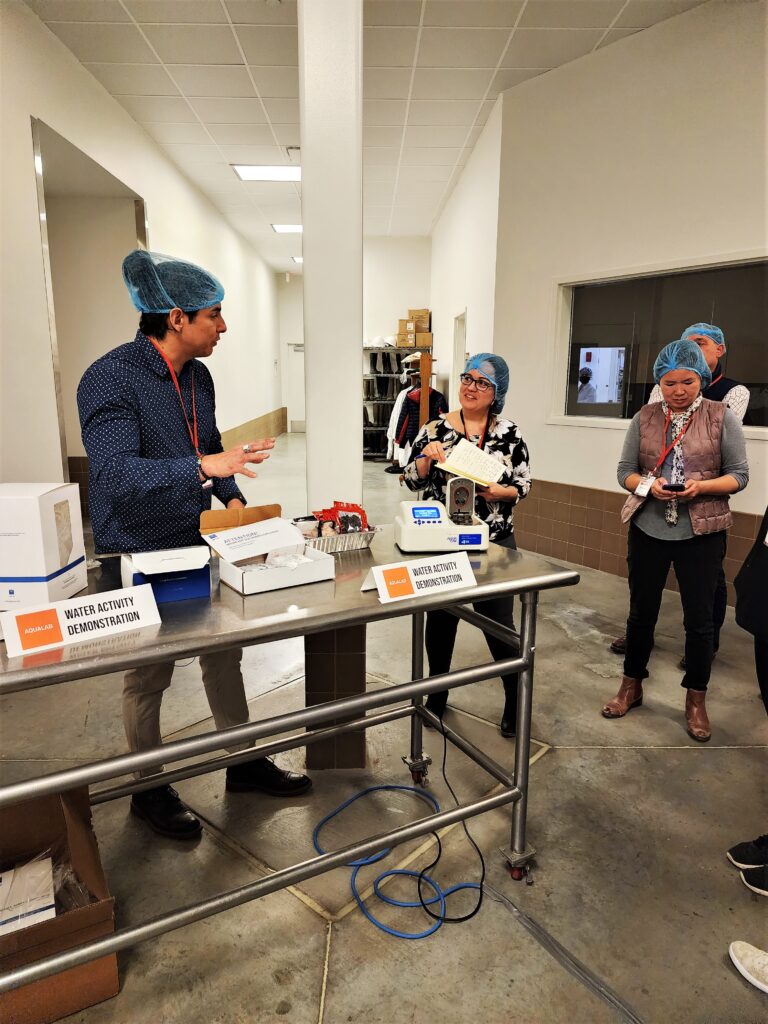
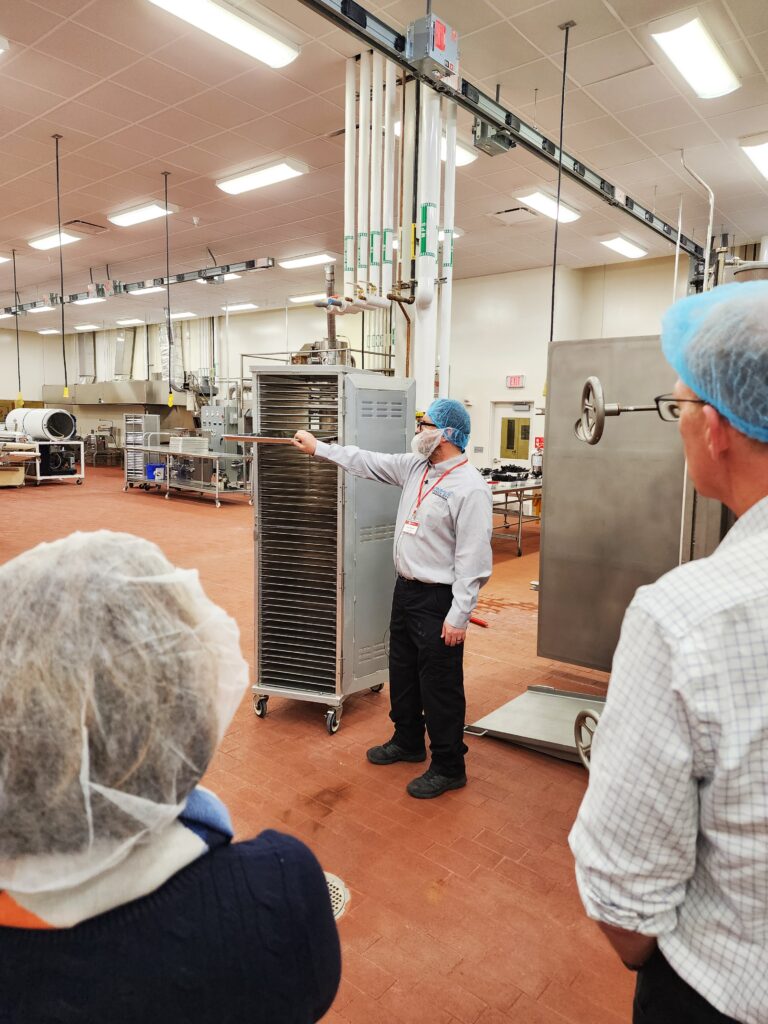
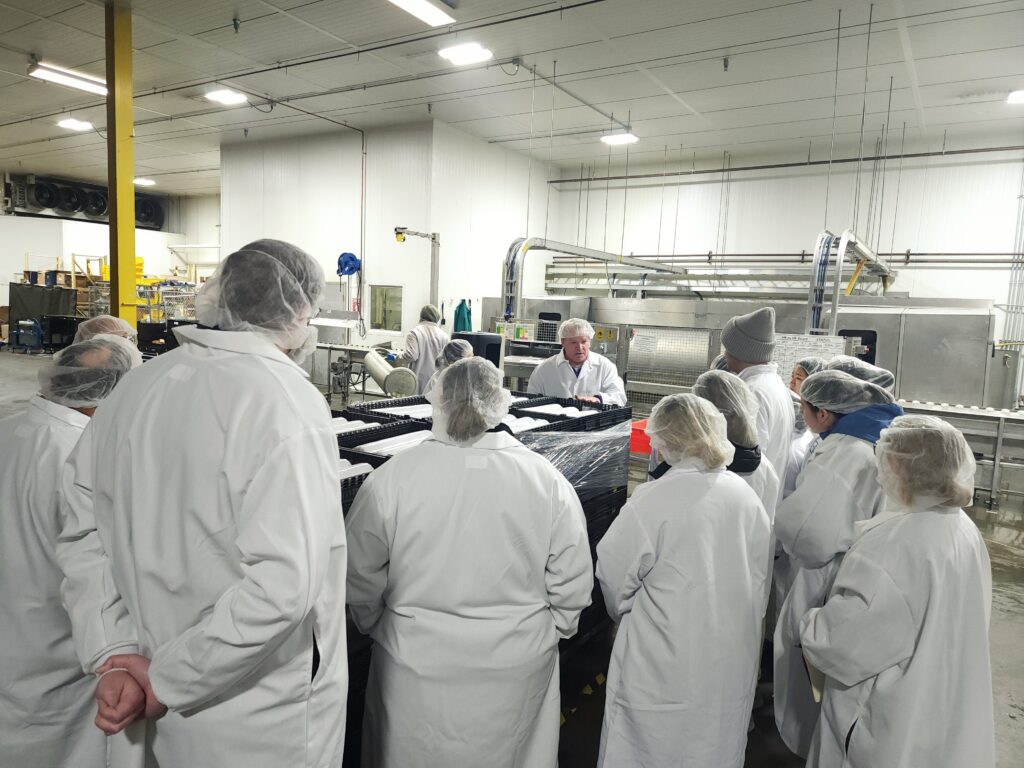
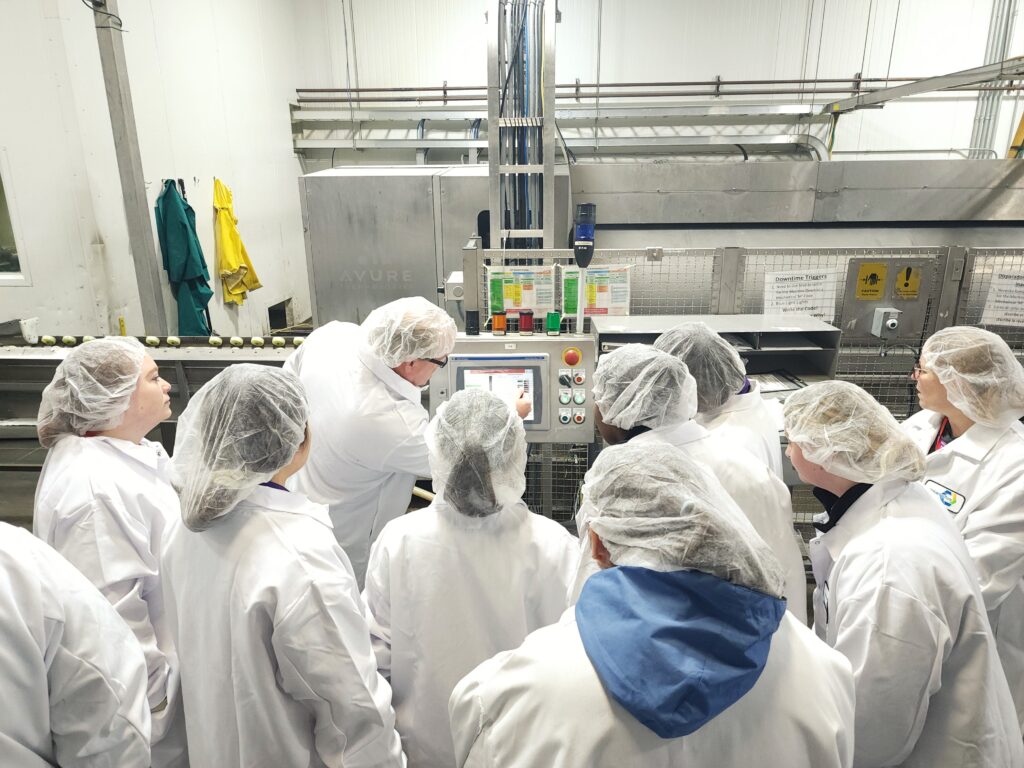
How are HPP, freeze drying and water activity used in manufacturing high quality, safe raw pet foods and treats?
High-Pressure Processing (HPP) is a cold pasteurization (preservation) technology by which products, already sealed in their final packaging, are loaded into an HPP vessel and subjected to a high level of isostatic pressure (87,000 psi) transmitted by water.
HPP offers several key advantages for raw pet food products over traditional heat pasteurization methods:
- it inactivates harmful bacteria and food spoilage microorganisms, resulting in longer product shelf-life
- it reduces the need for added food preservatives and harsh chemicals, enabling cleaner-labels
- it retains “raw-like” attributes of the food product with minimal effects on flavor compounds, vitamins and nutrients
In Freeze Drying, water is removed from a food product by sublimation. Freeze drying results in a high quality food product that has a porous, non-shrunken structure that facilitates rapid and nearly complete rehydration when water is later reintroduced to the freeze-dried product.
The purpose of freeze drying is to reduce the water activity of the pet food product so that it does not support microbial growth. This also minimizes chemical changes and physical deterioration, even when the product is stored at room temperatures for an extended period of time. Water activity, Product ingredients, packaging materials, storage conditions and water activity all have an impact on the shelf-life of the dry pet food product.
Pet food manufacturers can send sealed, raw pet food products to Universal Pure (see below images) to be HPP’d, and then return to the manufacturer to under-go freeze-drying. By using HPP on the initial product, the microbe load will be much less when introducing freeze drying, allowing a more desired outcome after the water activity is reduced.
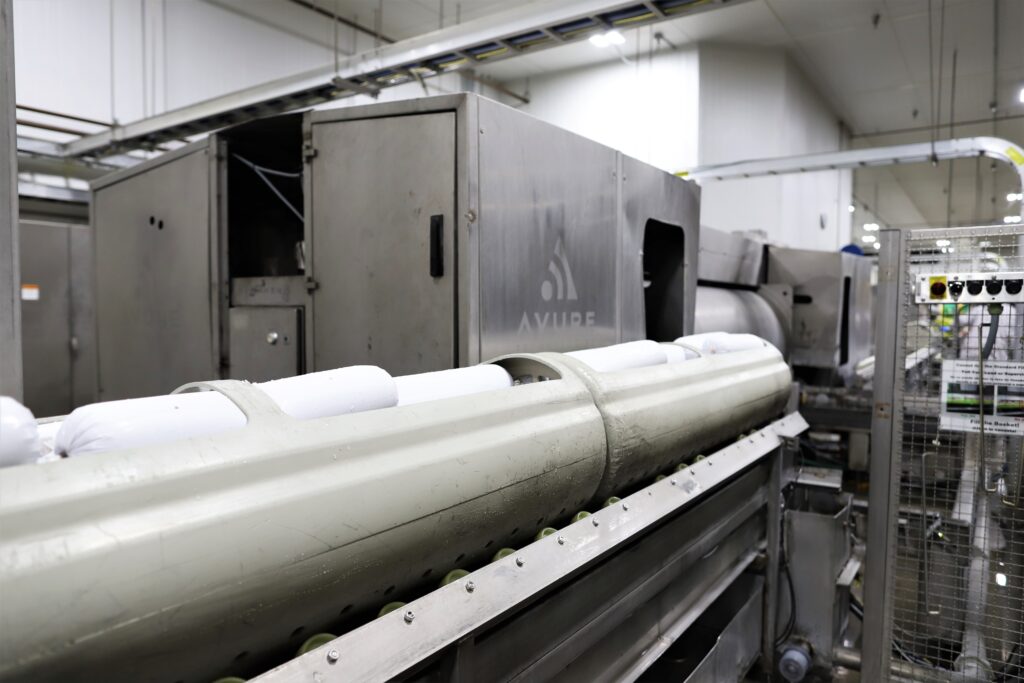
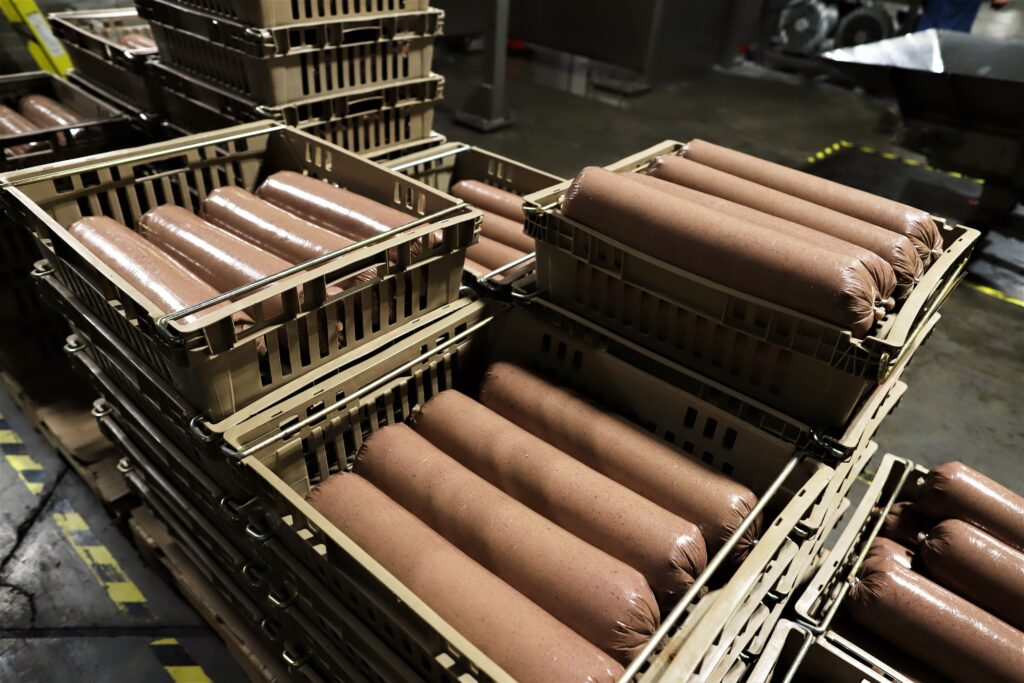
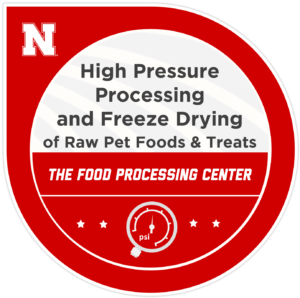 If you missed the event, you still have an opportunity to access the live-recorded sessions that are now available in an online course system through the University of Nebraska. The online course enrollment also provides 6 months of access to additional resource materials and direct communication for Q&A with the event speakers.
If you missed the event, you still have an opportunity to access the live-recorded sessions that are now available in an online course system through the University of Nebraska. The online course enrollment also provides 6 months of access to additional resource materials and direct communication for Q&A with the event speakers.
Check it out and register here: https://go.unl.edu/petfoodcourse2023